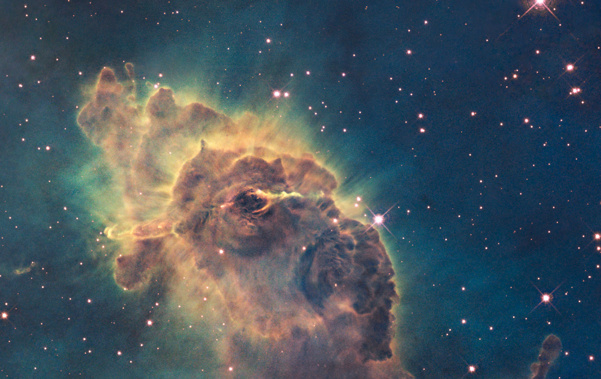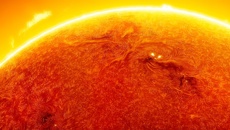
A Kiwi physics experiment has managed to do what decades of international research hasn't - and its findings could help us better understand our universe.
At the core of the breakthrough was the theory called the standard model of particle physics, which helped us understand the fundamental forces holding everything in the universe in place.
While considered the most accurate scientific theory known to humankind, scientists still knew the model couldn't fully explain some cosmological mysteries - notably dark matter and dark energy.
For that reason, scientists were constantly testing the model by manipulating and controlling matter at the atomic level, and looking for effects that could not be explained by the model directly.
Dr Maarten Hoogerland, of the University of Auckland and the Dodd-Walls Centre for Photonic and Quantum Technologies, chose to focus on the helium atom - the second most simple atom after hydrogen.
Working with Dr Wim Vassen from Vrije University in the Netherlands, Hoogerland sought to test the helium atom's transition between two states of energy.
Their table-top experiment involved ultra-cold gas and an ultra-stable laser so accurate that it could measure the distance from the Earth to the Moon to a fraction of a millimetre.
The experiment allowed them to observe the significant change in energy in the atom, before precisely measuring it to estimate the diameter of the nucleus.
The fact a transition was rare and potentially a milestone for quantum physics research, as it advanced our knowledge of the way atoms were put together, and thus contributed to our understanding of space-time.
"This new result is a great test for our understanding of the model and also allows us to determine the size of the helium nucleus and of the helium atom," Hoogerland said.
"This has been the subject of intensive research for decades so for our experiment to have succeeded is an incredibly exciting result."
Remarkably, the small experiment rivalled the work of the world's most expensive physics project, CERN's Large Hadron Collider, which drew on the largest machine ever built to hunt for new particles that didn't fit the standard model.
Their study has been published today in major scientific journal Nature Physics.
Take your Radio, Podcasts and Music with you









